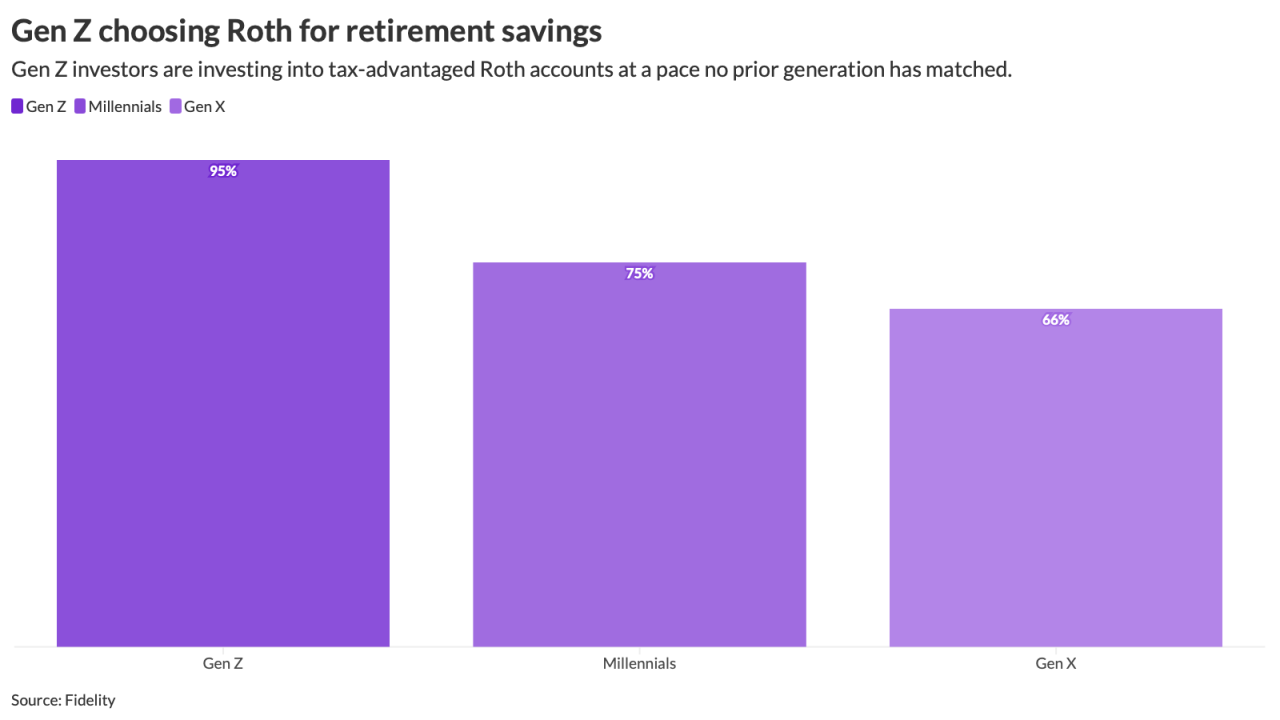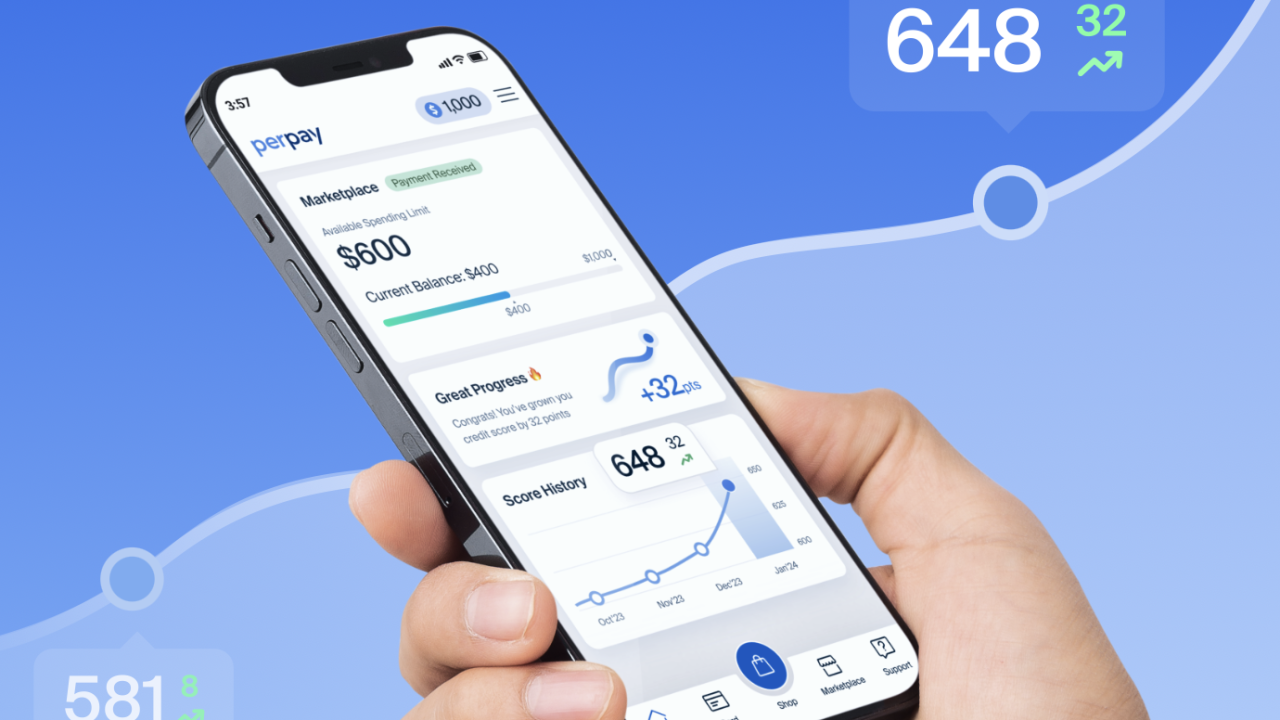The U.S. government is shutting down, with agencies activating contingency plans that sideline hundreds of thousands of federal workers and halt a wide range of services. The Congressional Budget Office estimates that about 750,000 employees will be furloughed at a cost per day of $400 million in lost compensation. President Donald Trump has also threatened to use the shutdown to fire federal workers, but agency plans for the lapse in funding didn't specify any measures for terminations.
Congress failed to approve new spending before the fiscal year begins Wednesday, triggering the first government shutdown since 2018-2019, when the impasse over Trump's request for $5.7 billion in border wall funding sparked a shutdown that lasted a record 35 days.
While Republicans control both chambers and the White House, they need Senate Democrats to break a procedural logjam. The issue at play this time: health care funding.
Shutdowns can have different impacts on government services based on their timing and duration — and on the existing funding that some agencies have to run on once annual spending authority runs out. Typically speaking, the longer it goes, the worse it gets.
Read more:
The White House posted
The result: Less than a third of federal employees are likely to be furloughed during the shutdown, according to a review of agency contingency plans. That's lower than previous shutdowns, where about four in 10 federal workers were sent home.
Here are the key impacts of a Wednesday shutdown, based on agencies' most recent contingency plans approved by the White House.
Social Security
Monthly payments — including retirement, disability and supplemental security income benefits — will continue during a shutdown, funded by permanent appropriations. Applications, appeals, address changes, death reports and direct deposit updates will continue. But non-critical services — including benefit verifications, third-party queries and routine earnings record corrections — will be paused.
Read more:
Labor Department
The Bureau of Labor Statistics will also shut down, delaying the jobs report due Friday and other key indicators. That leaves the Federal Reserve and investors without official benchmarks as they weigh possible rate cuts. Workplace safety inspections continue.
Health and Human Services
HHS will furlough more than 32,000 employees. The Centers for Medicare and Medicaid Services halt casework and the Food and Drug Administration will stop accepting new drug applications. At the Centers for Disease Control and Prevention, only 36% of staff remain, continuing outbreak response and vaccination programs but halting public guidance and surveillance, even during a record measles outbreak.
Education
Already hammered by Trump's attempts to shut down the department completely, Education will furlough 87% of staff, with nearly all remaining employees in the Office of Federal Student Aid. Student loans and disbursements continue, as will collections. But the Office for Civil Rights will halt investigations, and politically sensitive probes of universities and schools would pause.
Read more:
Small Business Administration
Disaster lending and PPP loan forgiveness continues, but most new small-business loans, entrepreneurial training and export programs stop. Oversight of contracting and investment programs will also be suspended.






